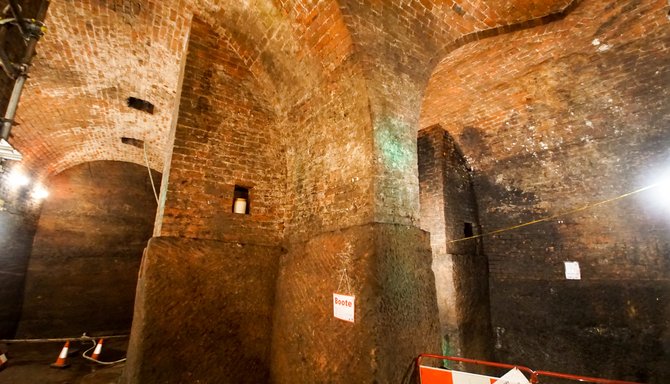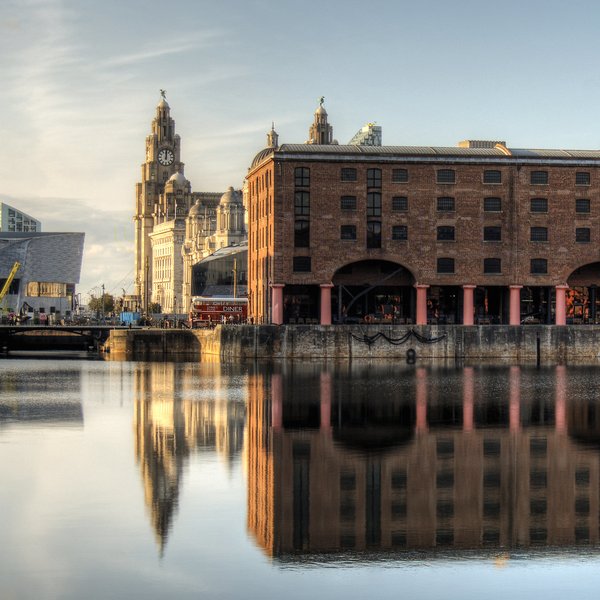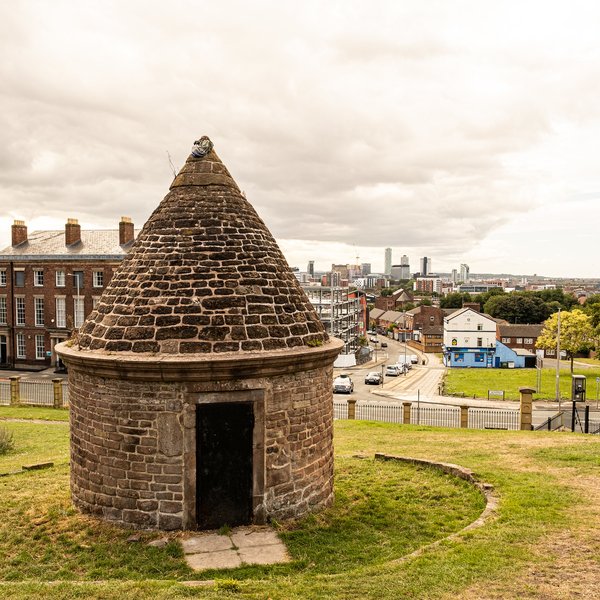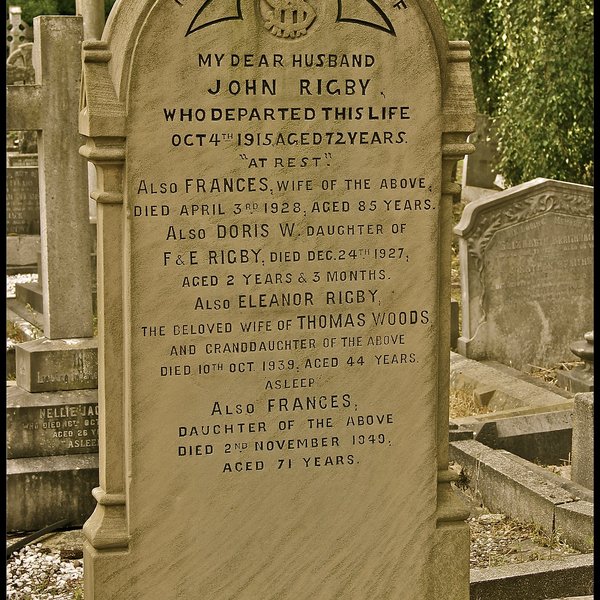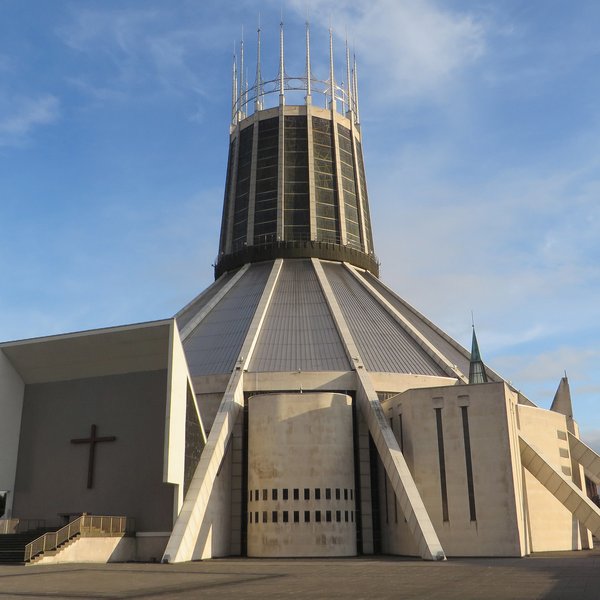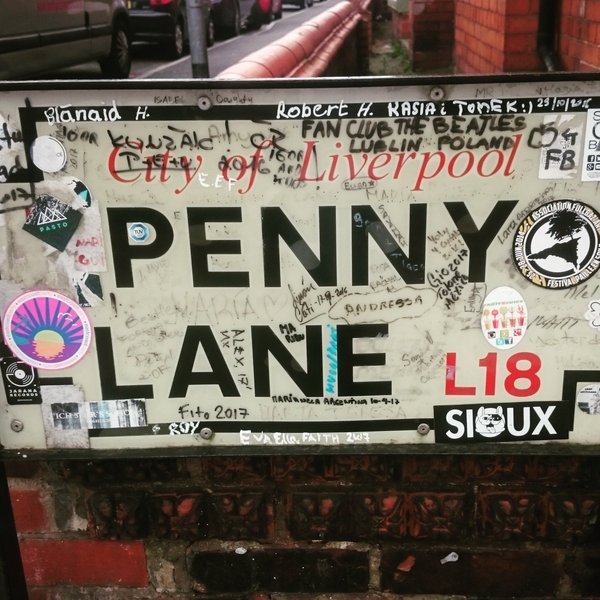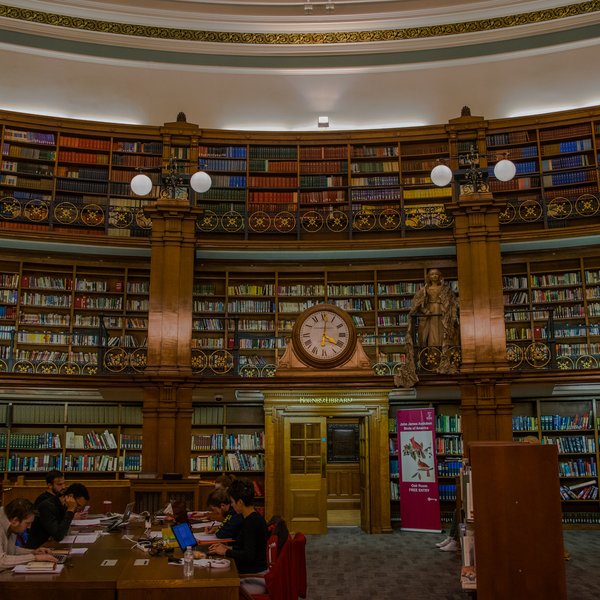Discover Liverpool's Williamson Tunnels
"Vaulted passageways cut out of solid rock: archways thrown up by craftsman's hands, beautiful in proportion, elegant in form, but supporting nothing. Tunnels formed here - deep pits there."
Beneath Liverpool's Edge Hill neighbourhood lies the Williamson Tunnels. Constructed between 1810 and 1840 for Joseph Williamson, a successful tobacco merchant and philanthropist, the purpose of these tunnels remains unknown. There were no written records explaining their purpose so there are many speculations, ranging from commercial quarrying to employment efforts, since the tunnels were initially constructed by hand, creating jobs for returning soldiers from the Napoleonic Wars. Ultimately, Williamson's refusal to disclose his purpose only adds to the allure of the underground passages.

Over time the tunnels became forgotten, buried beneath layers of rubble and neglect. However, renewed interest in the 1990s sparked a resurgence in exploration and excavation efforts. Today, thanks to organisations like the Joseph Williamson Society and the Friends of Williamson's Tunnels, sections of the tunnels are accessible to the public.
Joseph Williamson
Renowned as the 'Mole of Edge Hill', Joseph Williamson began life humbly until his marriage into the influential Tate family solidified his position in Liverpool's business landscape. He then undertook projects in land speculation and real estate development. But it was his fascination with expansion beneath land that set him apart, and led to the creation of the tunnels.

The Purpose Behind Liverpool's Williamson Tunnels
As we know, the purpose of the Williamson Tunnels has kept historians puzzled for generations but there are some theories. Through observation, the tunnels' design clearly reflects a profound understanding of underground construction techniques. The interconnectedness of narrow passageways with larger chambers hints at a masterful plan behind their creation. But what on earth was that plan?
Philanthropy or Practicality?
One theory suggests that the Williamson tunnels were a philanthropic endeavour, aimed at providing employment opportunities for the impoverished residents of Edge Hill and those returning from war. This paints Williamson as a hero, offering a lifeline to those in need during a time of economic hardship. However, the idea that this huge project, spanning three decades, was undertaken with such selfless intentions seems unlikely.
A Shelter from the Storm?
Another possibility is that the tunnels were intended as a refuge from the uncertainties of the outside world. In a highly religious era where people feared an apocalypse around every corner, it's not inconceivable that Williamson sought to create an underground place that would provide safety in such an event.
A Monument to Faith or Folly?
Some historians have even wondered if the tunnels, with their architectural intricacies and cathedral-like atmosphere, were created to honour Williamson's faith.

Excavations of the Williamson Tunnels
Early Investigations and Archaeology
In 1881, the North Staffordshire Institute of Mining and Mechanical Engineers conducted a survey of the Williamson Tunnels in Liverpool, producing detailed plans and sections of the site. Additional surveys were conducted in the early 20th century, by soldiers from the 1st Lancashire Engineers and the West Lancashire Territorial Forces Association.
Despite these early investigations, the public lost interest in the tunnels throughout much of the 20th century as many areas were buried or destroyed by new construction.
Rediscovery and Excavation
From the 1980s onwards, interest began to rise steadily, leading to the formation of two major societies dedicated to their preservation and exploration.
In 1995, a geology student from Liverpool University conducted a microgravity survey of the site, followed by a professional survey by Parkman on behalf of the Joseph Williamson Society. Over time, these societies acquired the rights to excavate, clearing tunnels blocked by rubble.
Extent of the Excavations
Thanks to the excavations it was discovered that the tunnels lie east of the Roman Catholic Liverpool Metropolitan Cathedral, bordered by Mason Street, Grinfield Street, Smithdown Lane, and Paddington. However, their full extent remains unknown, with many still obstructed by rubble.
It was also unearthed that the tunnels vary in design and size, from vast chambers like the "Banqueting Hall" to smaller spaces inaccessible to the average person. And that they were filled with artefacts dating back to the 1830s, including bottles, crockery, military items, and vintage signs. Larger excavations, such as the vaulted "Great Tunnel" noted in historical accounts, have yet to be rediscovered.

Did Excavation Reveal their Purpose?
It has been claimed that archaeological excavations within the tunnels have shed light on their purposes. Recent findings indicate that these passageways served multiple functions, including the transportation of goods, discreet trade routes, and secure storage spaces. Such revelations offer glimpses into the bustling activities that once thrived beneath the city's surface.
Preserving the Williamson Tunnels and Opening them up to the Public
The Joseph Williamson Society and Heritage Centre
Established in1989, the Joseph Williamson Society, aims to increase interest in the life and achievements of Joseph Williamson. The society offers talks, tours, publications, and educational visits.
In 2002, the Williamson Tunnels Heritage Centre, located at the former Lord Mayor's Stable Yard, opened to the public after extensive excavation and renovation. Operated by the Joseph Williamson Society, the centre provides access to the Stable Yard section, and holds guided tours through the south tunnel and the double tunnel.

The Friends of Williamson's Tunnels
Managed by a board of trustees, the Friends of Williamson's Tunnels (FoWT) is dedicated to exploring, excavating, and preserving the tunnels. Volunteers undertake excavation work at FoWT's main base on Mason Street, where Williamson's house once stood.
The site, including the "Banqueting Hall," has been extensively excavated, with ongoing efforts in newly discovered tunnels. Another section of tunnels, accessed from the "Paddington" site, features underground galleries and a large vaulted chamber.
The general public can visit the "Paddington" site for free guided tours on Wednesdays and Sundays. FoWT members have access to the Mason Street site and can attend historical talks and events.
Explore Liverpool with CityDays
The best way to discover more hidden gems around Liverpool is to take your time and, ideally, have a pre-planned route that takes you past all the noteworthy nooks and hidden gems.
We can help you there!
Our brand-new routes, The Port That Rocked and Evolution of An Icon combine the fun of an outdoor treasure hunt with the historic facts and whimsical trivia of a walking tour.
Answer riddles, solve puzzles and learn more about Liverpool's history in a new and interactive way!
Take the stress out of planning your visit to Liverpool and book your adventure today!
Not visiting Liverpool this time? Don’t worry, you’ll find us all over the world.
